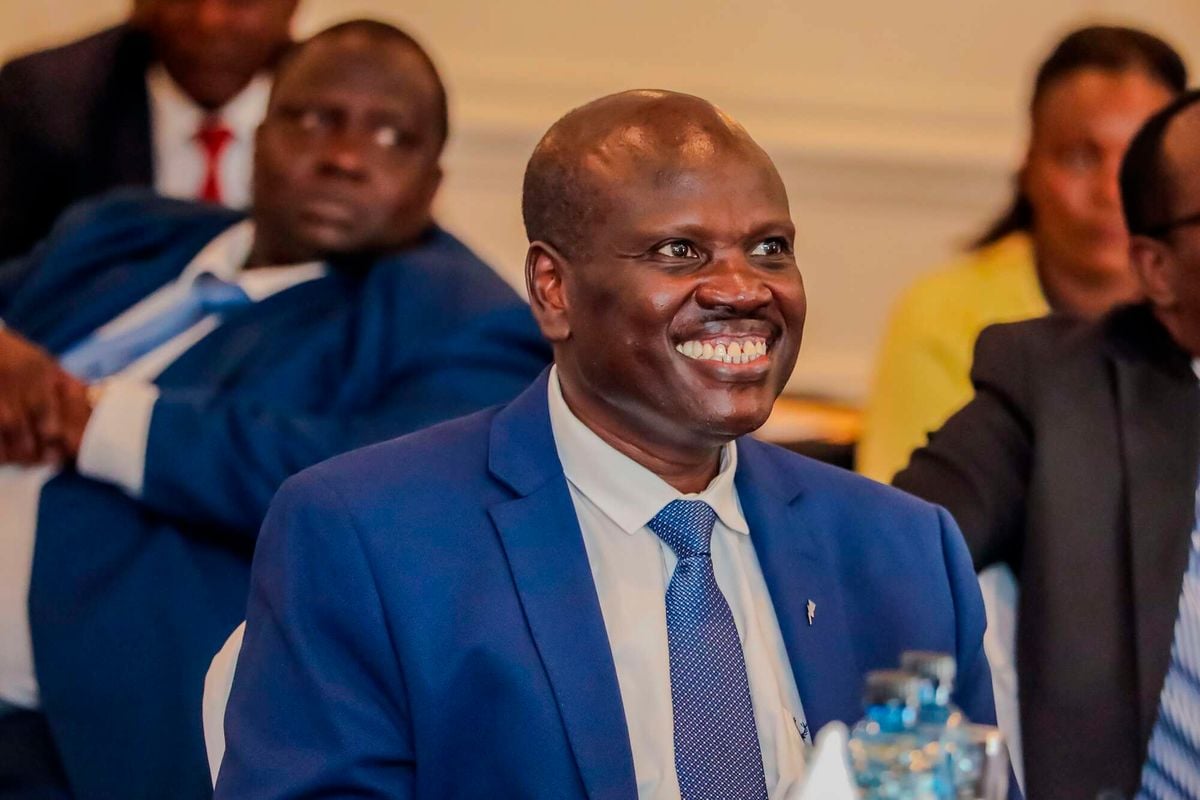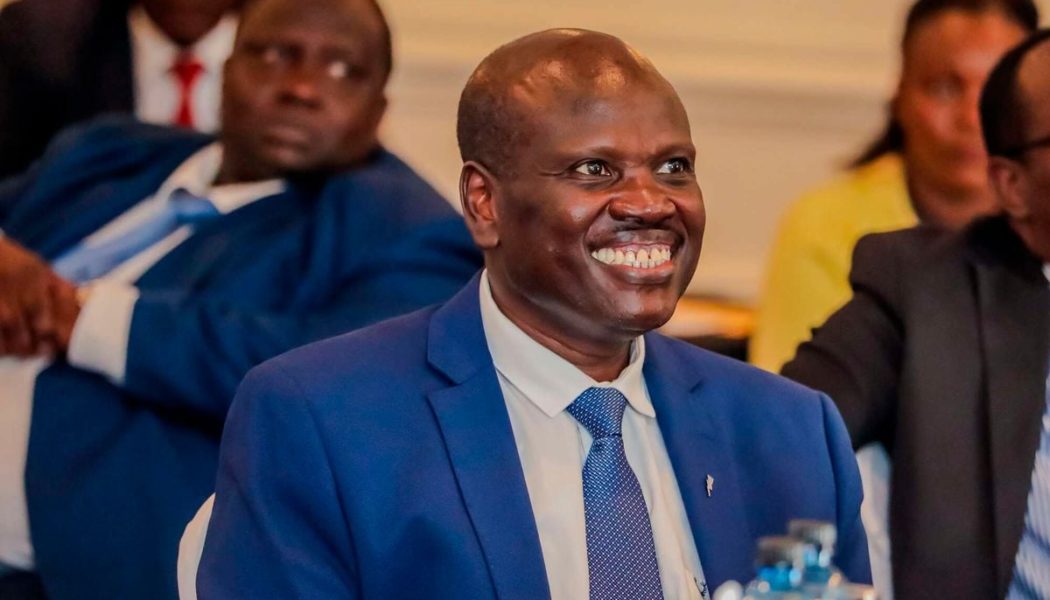
Kenya Power has resumed paying dividends, ending a six-year drought for shareholders, after the firm posted a net profit of Sh30.08 billion in the year ended June.
The electricity distributor on Tuesday said that it will pay a dividend of Sh0.70 per share or a total of Sh1.3 billion after it recovered from last year’s net loss of Sh3.19 billion.
The performance has also buoyed the utility to end a repayment moratorium on Sh25.1 billion worth of loans from international development partners offered to the firm through the Treasury.
Kenya Power informed the Treasury of its intention to start repaying the debt, with quarterly payouts of Sh3 billion or Sh12 billion in the year ending June 2025.
The profit surge and resumption of dividend payments sparked a rally in Kenya Power shares at Nairobi Securities Exchange (NSE), gaining 49.7 percent in a day to close at Sh5.24 per share—the highest level in nearly six years.
Kenya Power last paid a dividend in 2017 at a rate of Sh0.50 per ordinary share but froze the payments in subsequent years amid heavy losses.
“We can now pay our shareholders a dividend because of the good performance. We want to make this a trend going forward,” Joseph Siror, the managing director of Kenya Power, said.
At Sh30.08 billion, Kenya Power is now behind Safaricom and Equity Group in the list of the most profitable companies that are listed on the NSE. This is based on results of the most recent financial year for the firms.
A substantial part of Kenya Power’s profit is, however, attributable to a reduced debt burden on account of a stronger shilling.
Safaricom remains the most profitable firm on the Nairobi bourse after it made a net profit of Sh62.9 billion in the year to March 2024, followed by Equity Group and KCB Group, which posted profits of Sh41.9 billion and Sh37.5 billion respectively in the year ended December 2023.
The State-owned electricity distributor is, however, ahead of major lenders such as the Co-operative Bank of Kenya, which made a net profit of Sh23.2 billion in the same period.
Kenya Power had for years missed out on the list of profitable and dividend paying firms on the NSE, an outcome that had pushed its share price to below Sh2 until the recent rally.
It was the only listed government-owned energy firm that had not been paying dividends.
KenGen and Kenya Pipeline have been paying shareholders over the years, on the back of impressive results.
A strong shilling and increased electricity sales drove Kenya Power’s fortunes as the firm reaped big from increased connections.
The shilling rallied to exchange at 128.4 units to the dollar at close of the year to June compared to 140.45 units to the greenback a year earlier, helping to cut debt and power purchase costs.
Kenya Power has loans which are denominated in foreign currency, mainly the dollar and euro, highlighting why the company was one of the biggest gainers in the wake of the shilling’s rally from the start of this year.
“We made a gain of Sh7.8 billion on loans due to the revaluation of foreign currency-denominated loans,” Stephen Kinadira, the general manager for finance, said on Tuesday.
“We made a deliberate decision to resume the payments and so we wrote to the National Treasury and sought to recapitalise. So, we did that and have computed our payment schedules based on the terms of the loans and started our payment. So far, they have acknowledged our payment of Sh3.3 billon between July and September.”
Kenya Power had been leaning on the moratorium window to attain sustainability in annual debt service, improving both its net cash position and working capital alongside its financial ratios.
It now plans to retire all hard currency commercial debt in its books or Sh20 billion by June 2026.
Electricity sales rose 21 percent to Sh231.12 billion from Sh190.98 billion a year earlier as the firm reaped from increased connections and consumption.
Kenya Power added 427,251 new connections in the just ended financial year, bringing total customers to 9.7 million.
Consumption of electricity grew 2.76 percent to 19,516 gigawatt hours (GWhs), amid increased demand mainly from large consumers (factories and industries).
Large consumers used 5,415 GWh in the recently ended financial year, marking a rise of 5.41 percent from 5,137 GWh a year ago while homes consumed 2,768 GWh, which was a growth of 5.37 percent.
Electricity sales were also driven by a higher tariff that came into force from April last year, with the lowest price for a unit of power rising to Sh12.22 from Sh10.
Kenya Power was allowed to charge consumers higher prices for electricity under a three-year tariff cycle that the firm reckons has been critical in pulling it from a financial distress.
The firm came under increased pressure from the government following last year’s poor performance as it sought more support from the Treasury.
The government last year started restructuring Kenya Power, starting with a shake-up in the composition of the board of directors.
The power distributor also agreed to transfer part of its assets to Kenya Electricity Transmission Company (Ketraco) to offset loans and balance its books in the wake of last year’s net loss.









